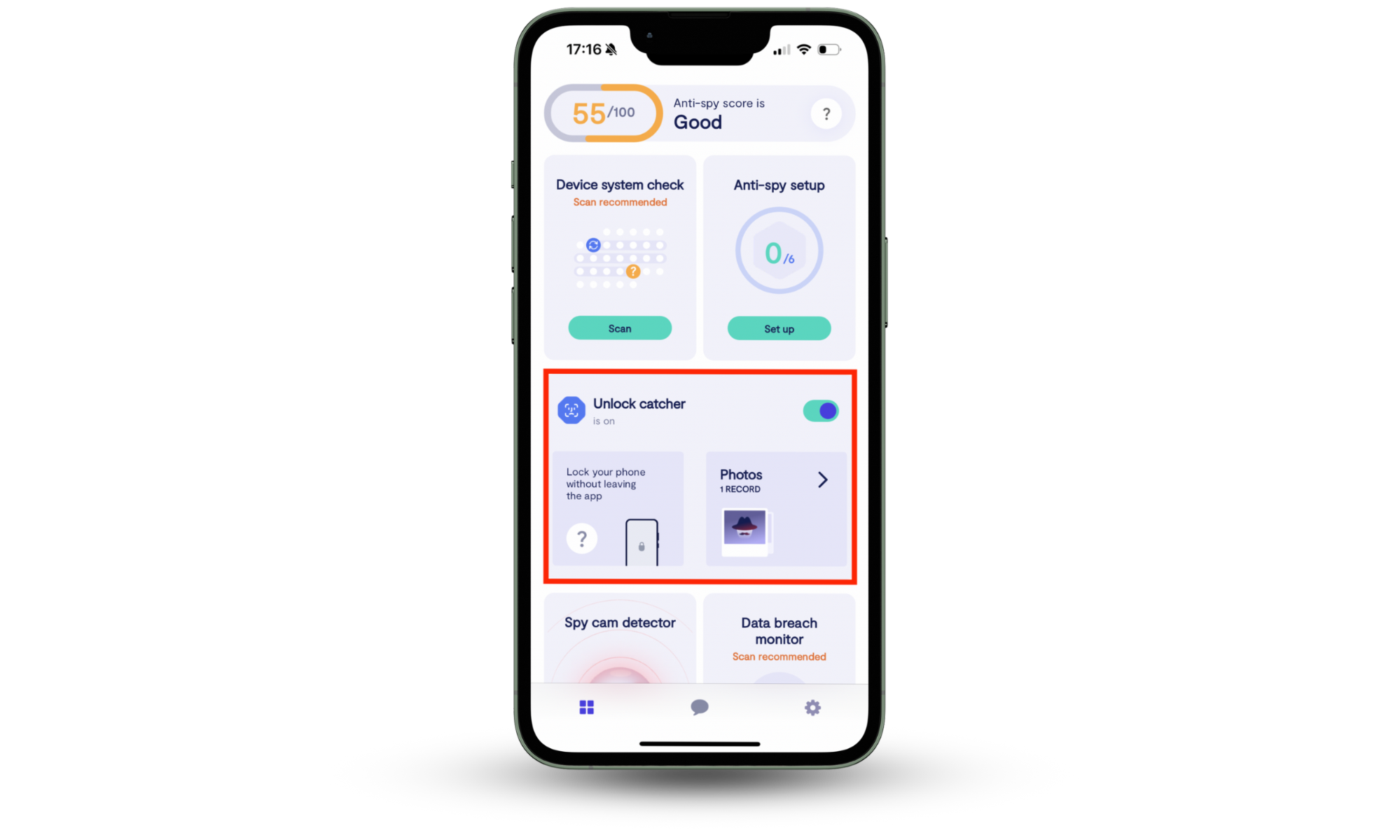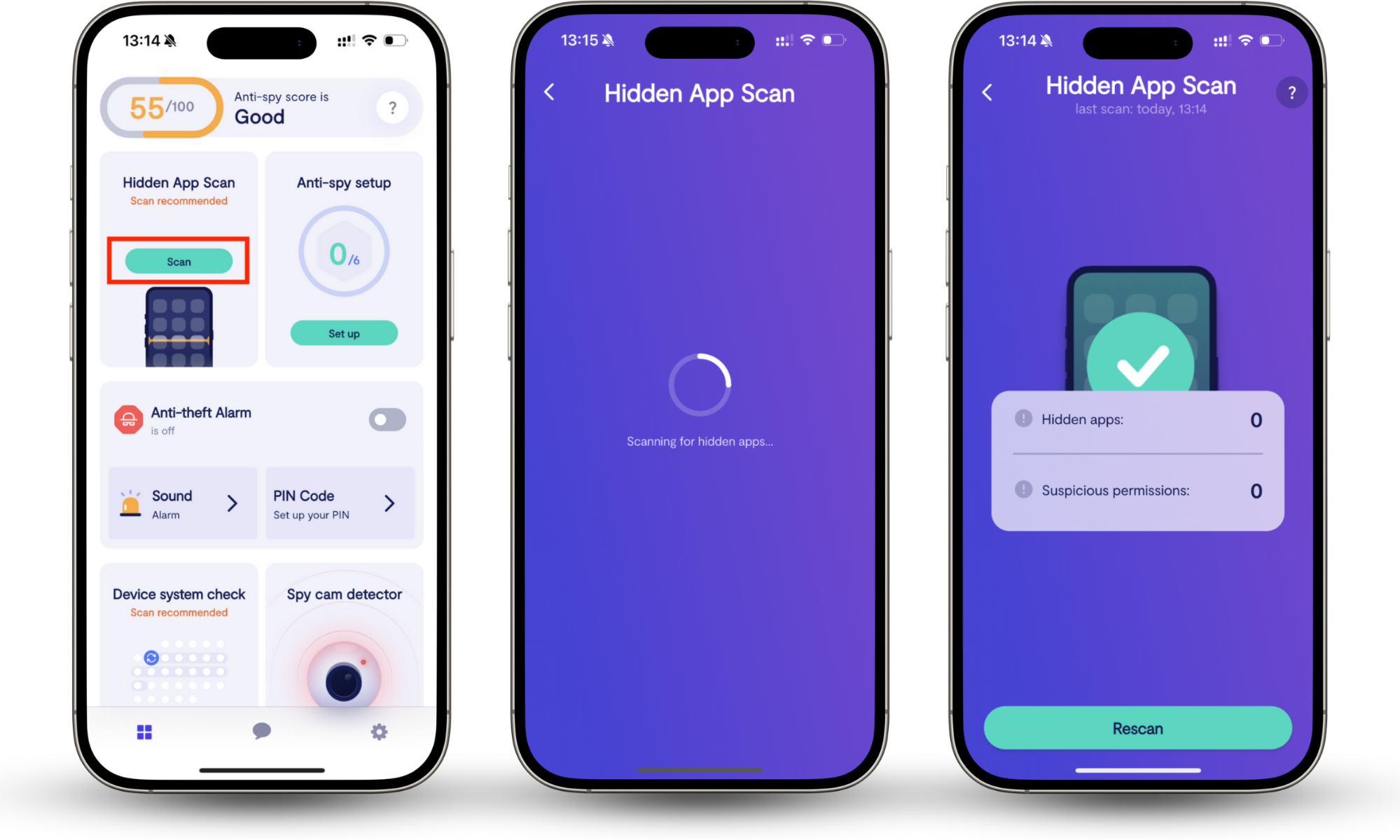Table of contents
- What is gaslighting?
- Common examples and tactics of gaslighting
- 1. Verbal denial and minimization
- 2. Countering and withholding
- 3. Diversion and blame-shifting
- 4. Trivializing and stereotyping
- 5. Fact-twisting and memory undermining
- How to react to gaslighting
- Conclusion
What is gaslighting?
Gaslighting is psychological manipulation/abuse where someone repeatedly twists facts, denies events, or lies until the other person doubts their memory, perception, or sanity. The term “gaslighting” comes from the 1944 film Gaslight, adapted from Patrick Hamilton’s 1938 play (Gas Light). In the film, Gregory Anton works to control his wife, Paula, by isolating her, hiding objects, and dismissing her concerns, all while secretly searching for her murdered aunt’s hidden jewels.
One of the most striking manipulations—and the origin of the term—involves the flickering household gas lamps. Paula notices the lights dim and brighten at odd times and begins to fear something is happening in the house. When she asks about it, Gregory dismisses her concerns and insists nothing has changed.
The flickering, however, was not one of Gregory’s planned tricks. In that era, homes shared a single gas supply, so turning up the flame in one room reduced it elsewhere. Gregory’s secret searches for the hidden jewels in the attic drained the supply and caused the lamps to waver downstairs. His denials turned this accidental effect into the lasting metaphor for how gaslighters make people question their sanity.
Gaslighting can take many forms. Gaslighting can appear in personal relationships (say, boyfriend and girlfriend), between seniors and caregivers, and in professional settings (medical gaslighting from healthcare professionals).
The same core tactic unites all gaslighting forms: persistent distortion of reality that weakens the target’s ability to trust their judgment.
Common examples and tactics of gaslighting
Gaslighting examples and tactics include denial of past events, twisting facts, shifting blame, trivializing emotions, and constant contradictions. A gaslighter may also stereotype, withhold information, or claim faulty memory. Repeated use of these gaslighting manipulations steadily weakens your confidence until you mistrust your personal experiences.
Gaslighting takes different shapes depending on the situation, and knowing the signs helps make it easier to spot. The next sections outline common gaslighting methods and how they play out.
1. Verbal denial and minimization
Verbal denial and minimization happen when a gaslighter flatly rejects an event that took place or shrinks the impact it had. Imagine you confront a partner about reading your private messages. Instead of admitting it, the narcissistic gaslighter might wave it off with lines like:
- “You’re imagining things.”
- “I wouldn’t bother with your phone.”
- “You’re overreacting.”
- “It wasn’t that serious.”
Hearing responses like these makes your real worries feel exaggerated or silly. Over time, the repeated denial pushes you to second-guess what you saw, felt, and even your right to speak up.
2. Countering and withholding
Countering happens when a gaslighter challenges every point you make, no matter how clear. You share your memory of an event, and they immediately argue that it never happened or it happened differently from what you remember. Instead of listening, they make every conversation a debate about whether you’re right.
Withholding is when the gaslighter refuses to engage at all. They claim they don’t understand you, pretend they’re tired, or shut the conversation down. This stonewalling leaves you stuck, with no chance to explain yourself.
Countering and withholding in gaslighting situations often sounds like this:
- “You’re crazy, that’s not how it went at all.”
- “You don’t know what you’re talking about.”
- “I don’t get what you’re saying. This conversation is pointless.”
- “I’m too tired for this.”
3. Diversion and blame-shifting
Diversion and blame-shifting happen when a gaslighter moves the focus away from their behavior and makes you feel responsible instead. Diversion turns the conversation from the gaslighter, while blame-shifting makes you the problem.
For example, if you suspect someone’s been checking your phone, a gaslighter might accuse you of being paranoid instead of answering honestly. They might say:
- “You’re paranoid if you think I’d check your phone.”
- “The real issue is your lack of trust, not me.”
- “You must be hiding something if you think I’d spy on you.”
You walk away with no proof, only more doubt about yourself. That’s why it helps to know how to tell if your spouse is spying on your phone, so you can separate fact from manipulation.
Clario Anti Spy’s Unlock catcher can give you the proof a gaslighter will never admit to. The feature secretly takes a photo every time someone unlocks your phone and logs it with the time.
Here’s how to set up Clario Anti Spy’s Unlock catcher on your device:
- Download Clario Anti Spy and create an account.
- Open Unlock catcher on the dashboard.
- Switch the feature on.
- View photos and times of every intruder in your report.

With Unlock catcher on your phone, you no longer have to argue about what’s real. You can see it.
4. Trivializing and stereotyping
A gaslighter trivializes your concerns by calling them silly or exaggerated. They also stereotype you by attaching labels that make you feel unstable or less credible. Trivializing and stereotyping work together to make your feelings sound unreasonable and easy to ignore.
For example, if you start to feel unsafe at home, the manipulator might call you paranoid instead of addressing real red flags. Gaslighters may insist that noises on your device, secret cameras, or missing items are your imagination. Knowing if someone is watching you in your house helps you separate genuine threats from their gaslighting.
Trivializing and stereotyping in gaslighting often sound like:
- “You’re too sensitive about everything.”
- “You sound crazy when you say that.”
- “You always imagine problems that don’t exist.”
- “People like you are never satisfied.”
Gaslighters also trivialize concerns about social or physical stalking. If you bring up that your ex’s friends keep showing up in your space, they may brush it off as you being “dramatic” or “too sensitive.” In moments like that, when you’re left questioning yourself, our guide—why are your ex’s friends stalking you?—explains the possible reasons and how to respond.
5. Fact-twisting and memory undermining
A gaslighter twists facts to make you question what really happened. The gaslighter might retell a story with small changes, insist you agreed to something you never did, or deny a detail you clearly remember. Over time, this constant distortion makes you doubt your memory and feel unreliable.
Fact-twisting and memory undermining often sound like this:
- “You said all that money is mine, don’t you remember?”
- “I never shouted at you. I was calm the whole time.”
- “Everyone else remembers it differently, so you must be wrong.”
- “You always mix things up; your memory isn’t good.”
- “Your health is fine, the doctor told me you’re hysterical.”
The gaslighter’s confidence makes the twisted version sound more believable than your own recollection. After enough repetition, you may start to rely on their version of events instead of trusting your own.
How to react to gaslighting
Document incidents with dates and times, save texts and voice notes, and refuse to reargue the same distorted version of events. Tell a trusted friend or a licensed therapist exactly what happened. Set firm boundaries about what you will not accept. If your safety feels at risk, contact emergency services or a domestic violence hotline right away.
You don’t have to figure out any gaslighting situation alone. Here are some helplines to reach out to for help (and therapy) when you encounter gaslighting:
- National Domestic Violence Hotline—1-800-799-7233 or thehotline.org
- National Alliance on Mental Illness (NAMI) Helpline—1-800-950-6264 or nami.org/support-education/nami-helpline
- American Psychological Association Therapist Locator—locator.apa.org
- If in immediate danger: Call 911
Gaslighters may also use covert tracking or hidden apps to monitor your calls, messages, or location, and deny tampering. Finding such spyware or suspicious software on a device gives you factual evidence to support your claims.
Clario Anti Spy’s Hidden app scan can help you confirm whether spying technology is present on your device. The scan searches for hidden apps, stalkerware, and suspicious permissions that a gaslighter may deny installing. The Hidden app scan report provides details and app names you can save as evidence or share with a trusted person or professional.
How to run Clario Anti Spy’s Hidden app scan on your device:
- Download the Clario Anti Spy app by Clario Tech.
- Create an account.
- Open the Hidden app scan feature on the dashboard.
- Tap Scan to check for spyware or hidden apps.
- Review the report, save any logs, and remove flagged apps.

Collecting timestamps, messages, and a scan report strengthens your case when you set boundaries, speak with support services, or take legal steps for your mistreatment. You do not have to rely only on memory; use records and technical proof to protect yourself and show others what happened.
Conclusion
Gaslighting leaves people doubting their memory, their instincts, and even their safety. Without proof, it becomes easier for the gaslighter to keep control and harder for you to stand by your reality.
Clario Anti Spy gives you that proof.
Clario Anti Spy’s Hidden app scan exposes secret spyware, and Unlock catcher silently records who unlocks your device. Together, these features give you evidence you can document, use to confirm suspicions, or share with trusted people. Protect yourself, download Clario Anti Spy.


